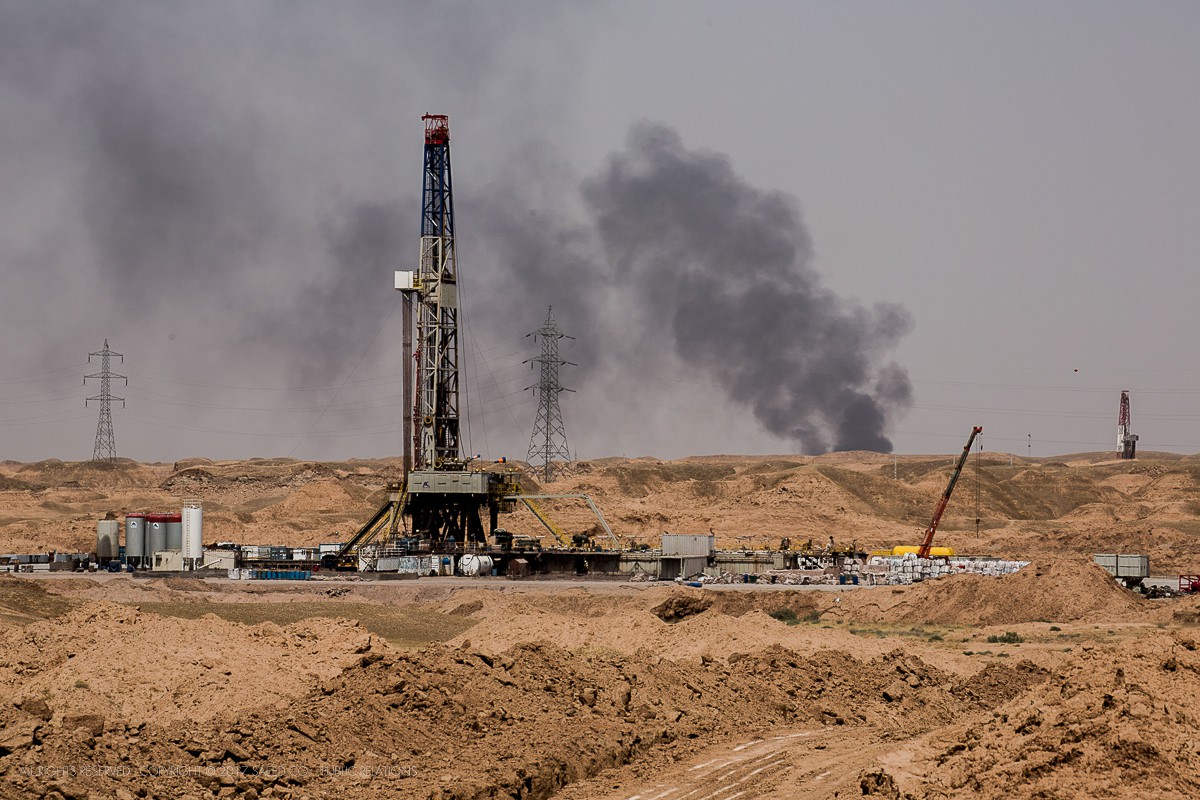Azar Oilfield, located in Anaran block bordering Iraq in Mehran, lIam Province, will double its output capacity in the next fiscal (starting March 21) as the field's development has registered a significant progress, an oil official said.
"Azar's work-in-progress rate has exceeded 78% and if the trend continues, the field's output capacity will reach 65,000 barrels per day next year," Keyvan Yar-Ahmadi, who oversees the field's development at the Petroleum Engineering and Development Company, was also quoted as saying by Shana on Tuesday.
The field's extraction currently stands at 35,000 bpd.
"Azar's development has been phased, according to which, the output will initially reach 65,000 bpd," he added.
The field is slated to supply 100,000 bpd once fully developed.
According to Yar-Ahmadi, the installation of 130 kilometers of new pipelines to Dehloran Gas Refinery in Ilam Province is about to be completed and more 70 kilometers will join the grid in the early spring.
He noted that the scheme involves the drilling of 17 wells in the field, 13 of which are complete and the construction of the remaining four is in process.
"Ten wells have been equipped with wellhead installations and are ready to become operational," he said.
"The establishment of the field's central processing facility is 50% complete and the rest will be completed in the near future."
Azar holds 2.5 billion barrels of in-place oil, but new reservoir studies on the field suggest a much higher figure of 4 billion barrels. It is one of the six joint fields with Iraq, along with Dehloran, West Paydar, Naft-Shahr, Azadegan and Yadavaran.
The plan is in line with the government's push to speed up production from joint fields with its western Arab neighbor.
However, Azar is not an easy catch, as officials say the field is considered a drillers' nightmare given the sequence of its low- and high-pressure layers, and the large number of tubes for drilling and lining of wells, stressing that hydraulic fracturing was initially a challenge in the field, which was solved with acid fracturing, a popular method for improving oil recovery.
The field's crude oil API, a measure of how heavy or light petroleum liquids are compared to water, stands at 33, which ranks it among medium grade crudes.
According to officials, Iran has outpaced Iraq's crude extraction from the shared West Karoun block that includes several large oilfields straddling the Iran-Iraq border, namely Azadegan, Yaran, Yadavaran and Darkhoein.
"Iraq is extracting 320,000 barrels per day from West Karoun oilfields, whereas Iran's output has exceeded 350,000 bpd," Noureddine Shahnazi-Zadeh, the chief executive officer of Iran's Petroleum Engineering and Development Company, said in February.


